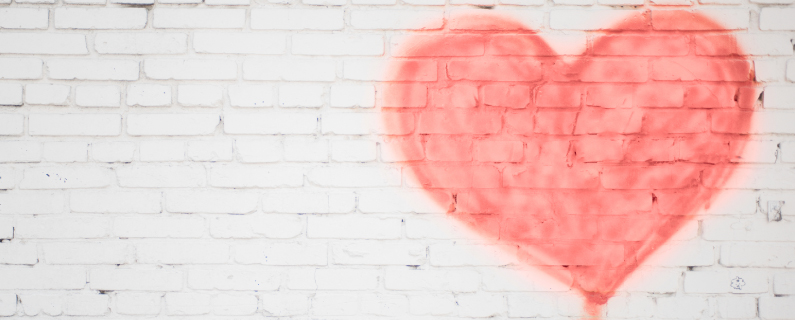
Twitter has been an explosion of conversation about hearts and stars. Does the little icon really make enough of a difference to necessitate breaking it down and investigating why Twitter made the change? Why yes, yes it does.The difference between favorite and like is much bigger than an icon, it represents two different ways of reacting to content.
Favoriting implies a ranking, this piece of content or idea is above the rest, or more relevant to users. These thoughts and tidbits get saved and put together in a list that is personal. A favorite doesn’t mean that you just like it passively; it implies that you deem that content worthy of holding on to.
The like button can be used more casually. Simply liking something on Facebook or Instagram is not as much a commitment. A lot of people will like something and move on through their news feed and like 10 more things along the way. I like plenty of things and I have no problem expressing that, but I’m selective with my favorites. I know it isn’t necessary but I’m going for it anyway, just to prove my point:
Webster’s dictionary definition of like: find agreeable, enjoyable, or satisfactory.
Definition of favorite: preferred before and over all others of the same kind.
Okay, so this doesn’t seem like such a bad thing. What’s wrong with more engaging social interaction? Many people do argue this point and we have other platforms to scroll and like things as soon as we see them, but favorites tell a different story.
Here’s what Twitter Product Manger Akarshan Kumar had to say about the change:
“We want to make Twitter easier and more rewarding to use, and we know that at times the star could be confusing, especially to newcomers. You might like a lot of things, but not everything can be your favorite.
The heart, in contrast, is a universal symbol that resonates across languages, cultures, and time zones. The heart is more expressive, enabling you to convey a range of emotions and easily connect with people. And in our tests, we found that people loved it.”
When there is a heart, people know what it means; it’s the same weight and meaning across all social media platforms, no confusion there. Looking at data from Emojis, globally, hearts came in at number three most used symbol. The star didn’t fare as well, coming in at number 26.
If you are a regular Twitter user, you might be frustrated, but honestly it’s not about you. It’s about bringing new users to the platform. Twitter is looking to broaden the user base, appeal to a bigger audience and help newcomers understand Twitter faster to improve user retention rates. We hear all too often about Twitter, “I set one up, but I don’t really get how to use it.” Twitter is looking to change that with small tweaks that will help people better understand the conversation and feel more comfortable using the platform.
Evolving the site is a difficult move that may or may not backfire for Twitter, do you adapt and changes for the masses? Or do you stay true to your brand and make the loyal user base happy? Only time will tell what will happen with Twitter. I will say this, I don’t think changing the star to a heart will take down Twitter, but more changes that alter the identity of the platform just might.
Twitter can be intimidating to new users, but the instant interaction make it a social outlet unlike most others out there. If you’re struggling with getting a grasp on Twitter and how it can be beneficial to your brand, peruse our training sessions and downloadable guides.
[su_sm_starter_kit]